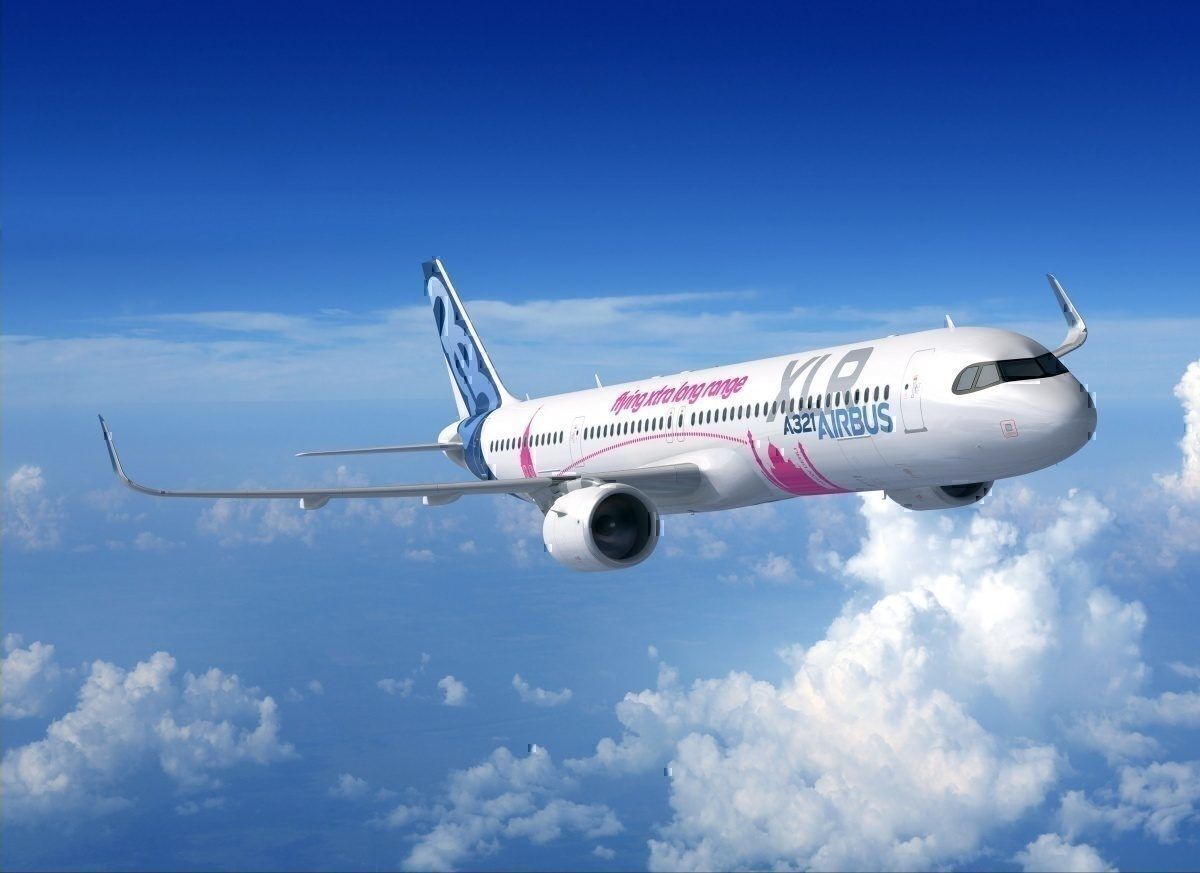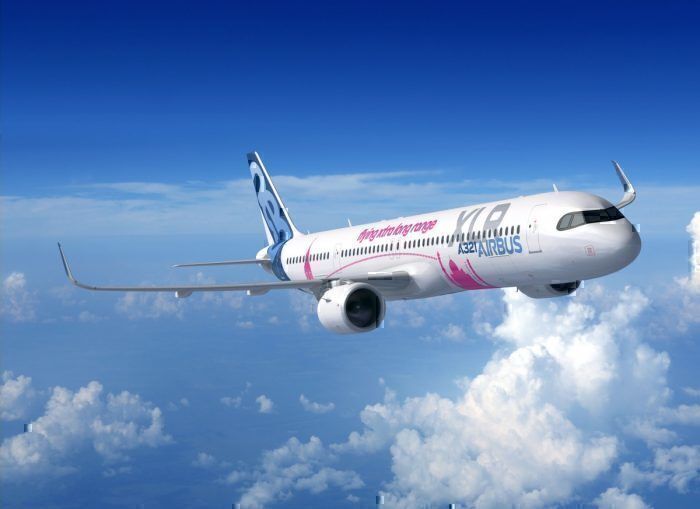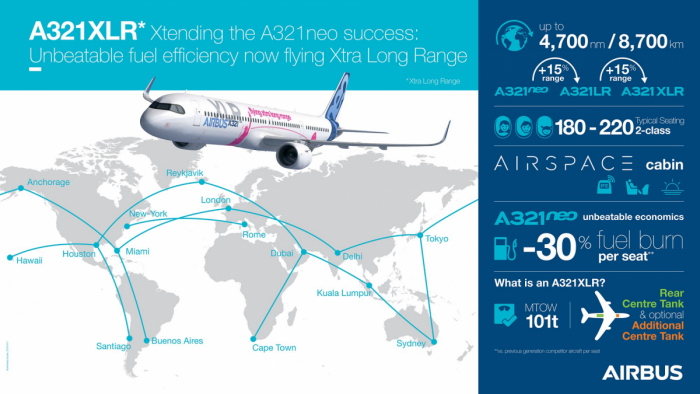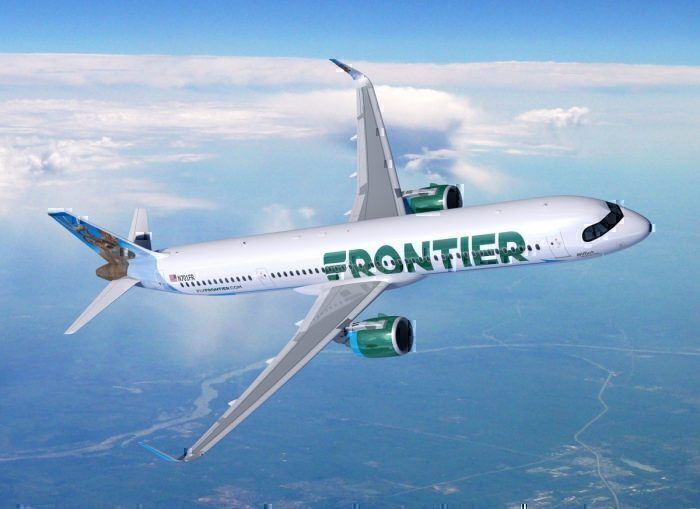When it comes to low-cost carriers, efficiency is key. In many cases, this makes long-haul travel impossible simply because twin-aisle aircraft are too large. However, now with the A321XLR could we see low-cost carriers globally start flying long-haul?
Why the A321XLR is a game-changer
The A321XLR will allow a single-aisle aircraft to fly over 9 hours or 4,700nm, a feat never before achieved. For reference, this means routes like London to Miami, Dubai to Cape Town, and New Delhi to Paris, are all now possible on a narrowbody aircraft. The aircraft fills the middle of the market section which airlines have struggled to fill efficiently for years now, relying on the aging 757 or dual-aisle planes like 787 and A330.
The plane also offers unrivaled efficiency in terms of fuel consumption and takeoff weight capacity. All of this makes the plane an excellent option for low-cost carriers, who seek to minimize cost and maximize efficiency. The aircraft can allow low-cost carriers to drop fares on popular routes and fly to more leisure destinations.
Which carriers are interested, and where will they go?
While Boeing-only carriers like Southwest and Ryanair have refrained from purchasing the plane, many others have done so. Carriers with orders include Frontier, JetBlue, AirAsia, IndiGo, Flynas, WizzAir, Air Arabia and more. The plane has also been purchased by full-service carriers such as American, United, and Qantas, showing the broad appeal of the model.
Most of the low-cost buyers for the plane have stuck to medium-haul routes within their respective continents. With the extended range on these aircraft, it's not difficult to tell where airlines may fly the plane. Frontier and JetBlue have both indicated they hope to fly the plane to Europe, while the former mentioned Hawaii as well.
Air Arabia will likely use the jet to provide low-cost flights to Asia, South America, and North America from its multiple bases. IndiGo could use the aircraft to fly to East Asia and Europe, significantly expanding its reach. These are only some of the airlines and potentials routes the plane could fly, but it's clear that the plane will likely redefine long-haul travel.
Historically, airlines that have tried to operate budget long-haul routes have struggled. Even the most successful of these airlines, Norwegian, has recorded millions in losses, while others like WOW Air have failed. A lot of this was due to airlines having to fly large aircraft, to maximize efficiency, but were unable to fill these aircraft (such as the 787 and A330). The A321XLR solves many of these issues, and could be the impetus airlines need to launch such services.
Overall
The A321XLR provides an excellent opportunity for low-cost airlines, allowing them to fly long-haul without sacrificing efficiency. However, this will also put these airlines in direct competition with many well-established carriers, forcing them to add services or drop fares significantly, both of which hurt profits.
Airlines will likely the aircraft on less conventional routes, flying to new airports farther away from hubs, similar to what they have always done. The plane will also connect cities with fewer, or seasonal connection, and allow travelers more options and lower fares.
What do you think the future of long-haul travel will be? Will travelers be flying 9 hours in a narrowbody aircraft? Tell us below!





